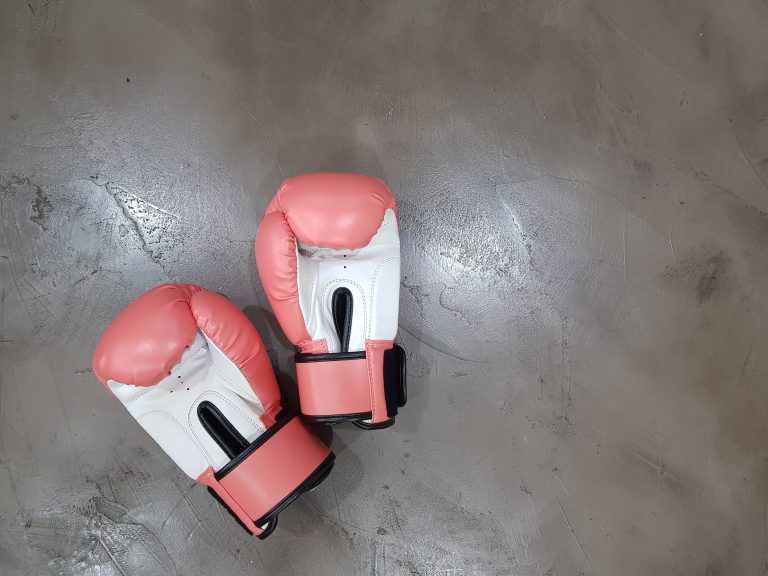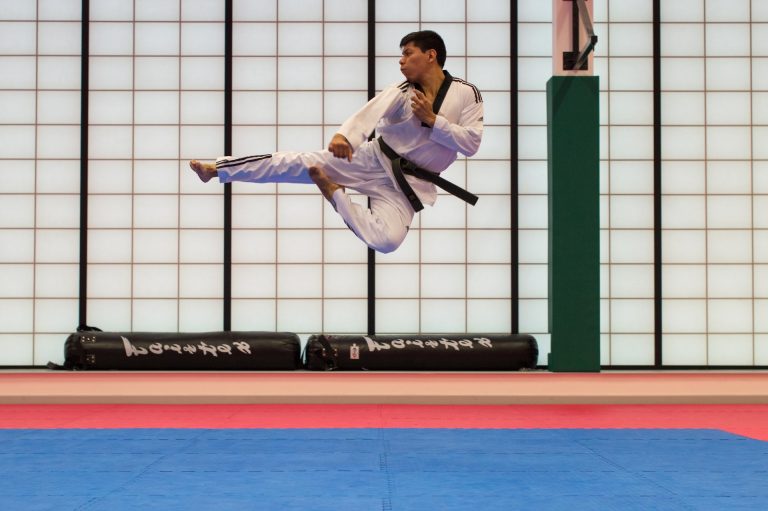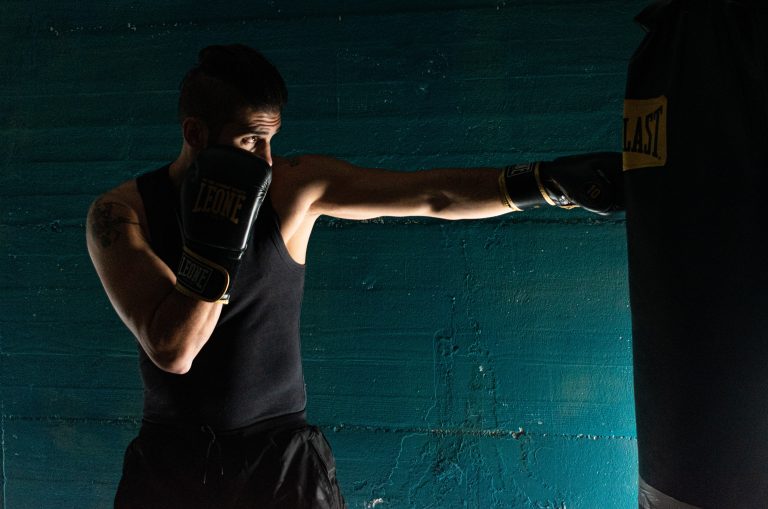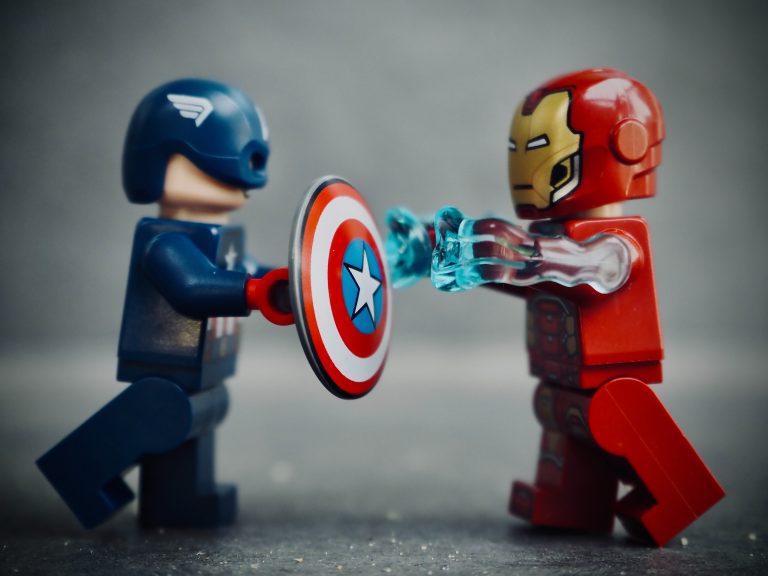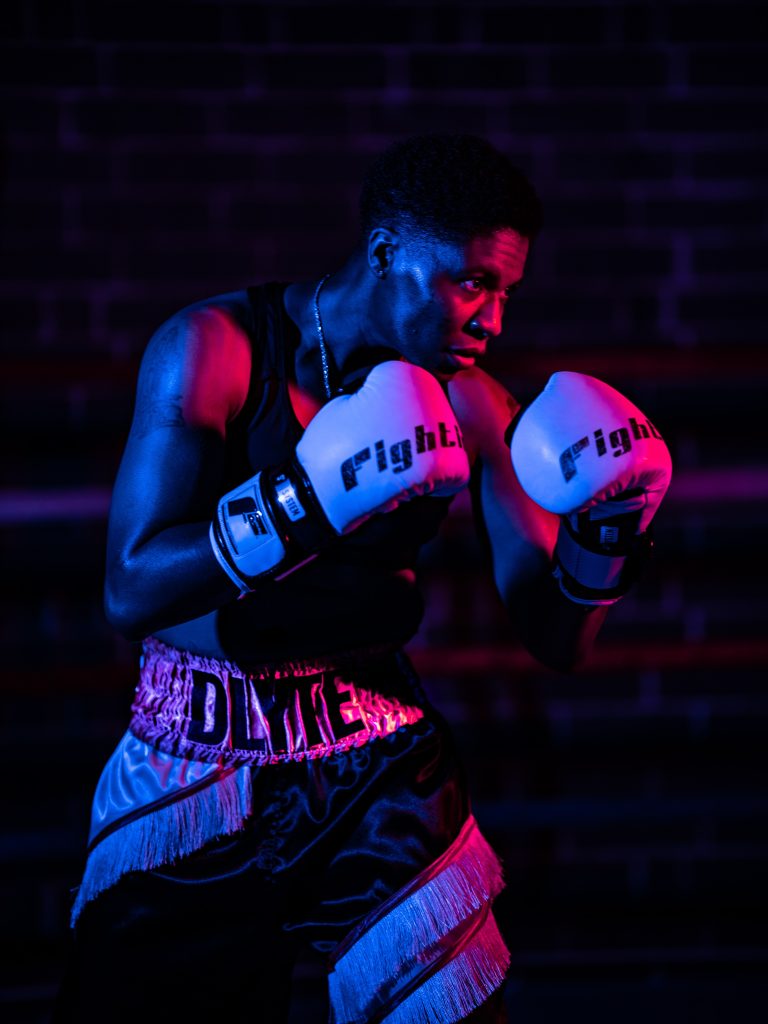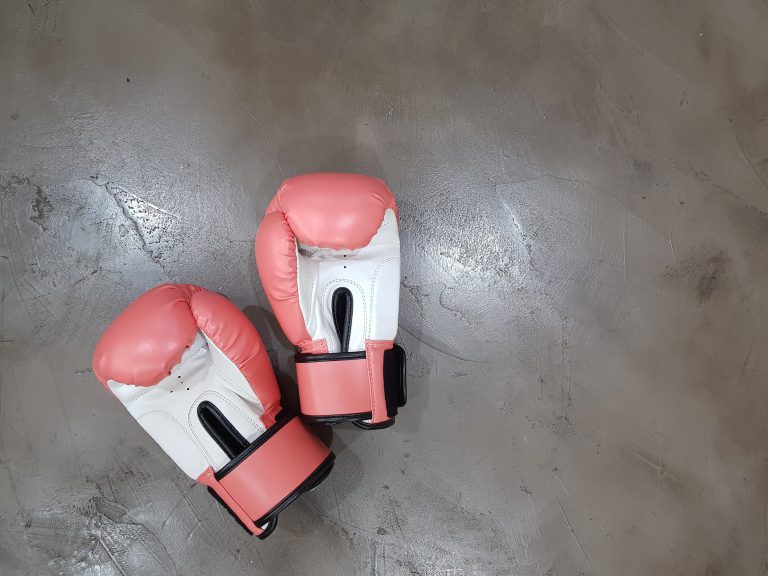Karate: Everything You Need to Know
Karate is a traditional martial art and combat sport with a history stretching back over centuries. It is practiced across the world, with many students and sensei that swear by its effectiveness for self-defense and all around physical fitness. In this blog, we’ll cover everything you need to know about karate, from its origins to the different styles and how it has evolved over the years.
What is Karate?
Karate is a form of unarmed combat combining movement and techniques derived from the original martial arts of Okinawa. Tournament-style karate dates back to the early 1920s, and is now practiced in over 140 countries worldwide. It’s one of the most popular martial arts in the world, with students ranging from young children all the way to senior citizens.
At its core, karate is a way to use your body to defend yourself in confrontational situations without resorting to weapons. Although the primary focus is on self-defense, karate also has physical, mental and spiritual benefits that help improve your life in countless ways from better health, enhanced awareness and stress relief, to improved confidence and discipline. Karate practice is breath-centered, and combines elements of strength, speed and timing into an effective fighting art.
History of Karate
Karate has its roots in the Japanese martial art of ‘te’, which was created by the Ryukyu people of Okinawa. The early forms of te were known as ‘tegumi’, which used joint manipulation, striking and throwing techniques. Over the years, these forms were studied and refined by martial artists across Okinawa and Japan until modern karate was created in the early 20th century. The development of karate is attributed to several masters including Gichin Funakoshi, who introduced modern karate to Japan in 1922. From there, karate quickly gained popularity throughout the world.
Karate Styles
Karate comes in many different styles, each with its own particular techniques and forms. Some styles are focused on battles and tournament sparring while others emphasize self-defense and physical wellbeing. Some of the major karate styles include:
- Goju-ryu: Originating in Okinawa, goju-ryu is one of the oldest karate styles still practiced today. The name means “hard-soft” and the style focuses on powerful blocks alongside more soft, flowing techniques.
- Shito-ryu: Developed in Osaka in the 1930s, shito-ryu combines elements of shotokan, goju-ryu and shorinji kempo for a balanced fighting style.
- Wado-ryu: Embodied by “soft power”, wado-ryu emphasizes flexibility and agility in order build perfect defense technique.
- Shukokai: Developed in the 1940s by Tsuyoshi Chitose, shukokai focuses on “fighting spirit” and physical conditioning.
- Shotokan: Heavily influenced by samurai culture, shotokan emphasizes powerful and accurate strikes.
Rank System
Karate is taught using a specific rank system designed by Sensei Gichin Funakoshi. Each rank is represented by a colored belt; black representing the highest rank of master. Students typically start in white belt and move up through multiple belts as they increase their skills.
The rank system used by Funakoshi is slightly different from other styles:
| Level | Color |
|---|---|
| Student Level | White |
| Intermediate Level | Orange & Blue |
| Advanced Level | Yellow & Green |
| Expert Level | Brown |
| Instructor Level | Red & Black |
| Master Level | Red & White |
The elements of kata (formalized sequences) are also ranked – students typically begin with Pinan Shodan (Peaceful Mind) and progress throughhigher forms as they progress as students.
Benefits of Practising Karate
In addition to providing effective self-defense skills, karate has numerous other benefits for practitioners. Regular karate practice helps participants develop confidence, balance and body awareness that helps you make better decisions both in personal and professional life. Learning martial arts helps to build physical strength and mental resilience while engaging both body and mind through intentional practice. Karate also encourages patience, respect and discipline; something that can be hard to find elsewhere in our fast-paced society.
Conclusion: Is Karate For You?
Karate can be an extremely rewarding practice. Not only does it help you stay physically fit but it also has a wide variety of benefits for both your mental and emotional wellbeing. Learning karate requires dedication, but the rewards can be life changing. So if you’re looking for something new that can add structure to your life while teaching important values like discipline and respect, then you should consider giving karate a try!
Karate: Everything You Need to Know
Karate is a popular martial art form that has been around for centuries. It originated in Japan and is widely practiced around the world today. It involves a series of punches, kicks, and strikes that are aimed at attacking the opponent’s weakest points. Karate is not just a sport, but it is also a way of life that involves discipline, respect, and self-defense.
In this blog post, we will answer the most frequently asked questions about karate.
1. What is the history of karate?
Karate has its origins in the Ryukyu Kingdom, which is now modern-day Okinawa, Japan. The earliest form of karate was called „Te,“ which means hand. It was used by the Okinawans for self-defense purposes. The art of karate then spread to Japan, where it was further developed and refined.
2. What are the benefits of practicing karate?
There are many benefits associated with practicing karate. First and foremost, it is an excellent form of exercise that can help to improve cardiovascular health, flexibility, and strength. In addition to physical benefits, karate also has mental benefits, including increased focus and concentration, improved self-confidence and self-esteem, and reduced stress.
3. What are the different types of karate?
There are several different styles of karate, including Shotokan, Goju-ryu, Shito-ryu, and Wado-ryu, among others. Each style has its unique set of techniques and training methods. Some styles are more traditional, while others are more modern in their approach.
4. What equipment do I need for karate?
For karate training, you will need a karate uniform, also known as a gi, as well as a belt that indicates your level of expertise. You may also need to purchase other equipment, such as gloves and shin guards, depending on the type of training you are doing.
5. What are the basic techniques of karate?
The basic techniques of karate include punches, kicks, blocks, and strikes. These techniques are typically focused on attacking an opponent’s vital areas, such as the face, throat, and abdomen. Students of karate also learn to defend against attacks and how to use their opponent’s energy against them.
6. What is the ranking system in karate?
Karate uses a ranking system, indicated by colored belts, to show a student’s level of expertise. The ranking system typically starts with a white belt and progresses through various colors until the student reaches a black belt. There are also different levels of black belt, indicating a higher level of expertise.
7. How do I get started with karate?
To get started with karate, you should find a reputable karate school or instructor in your area. Look for schools that have experienced instructors and a good reputation. Many schools will offer a free trial class or consultation to help you get started.
8. What is the difference between karate and other martial arts?
Karate is one of many martial arts, each with its unique set of techniques and traditions. The main difference between karate and other martial arts is the focus on striking techniques, such as punches and kicks. Other martial arts may focus more on grappling or ground-fighting techniques.
9. Is karate safe?
Karate is generally considered to be a safe martial art when practiced properly. However, as with any physical activity, there is always a risk of injury. It is important to train with experienced instructors who can help you learn proper technique and avoid injury.
10. What is the future of karate?
Karate has come a long way since its origins in Okinawa, and it continues to evolve and grow as a martial art form. In 2020, karate was included in the Summer Olympics for the first time, indicating its growing popularity and recognition as a sport. It is likely that karate will continue to thrive in the years to come.
Conclusion
Karate is a fascinating and complex martial art form that has a rich history and many benefits. Whether you are interested in the physical aspects of training or the mental and spiritual benefits, there is something for everyone in karate. By finding a reputable school and training with experienced instructors, you can join the millions of people around the world who practice this ancient martial art.
Inhaltsverzeichnis

